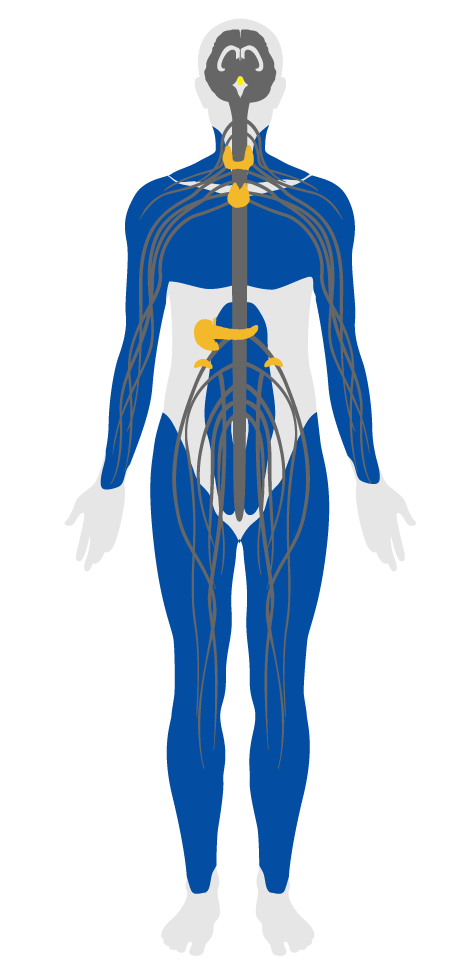Surface design
- 53 Visual lighting design
- 54 Circadian lighting design
- 55 Electric light glare control
- 56 Solar glare control
- 57 Low-glare workstation design
- 58 Color quality
- 59 Surface design
- 60 Automated shading and dimming controls
- 61 Right to light
- 62 Daylight modeling
- 63 Daylighting fenestration
- P2 Light at night
- P3 Circadian emulation
Surface design
To increase overall room brightness through reflected light from room surfaces and avoiding glare.
BACKGROUND
Exposure to light not only facilitates image-formation and color perception, but can also trigger a series of non-visual effects involving the regulation of the circadian cycle. Light exposure mainly occurs via two ways: (1) directly from luminous sources, and (2) indirectly from reflected surfaces. Since most light encountered within buildings is reflective, quality of surfaces greatly affects the amount of light ultimately reaching the eye. Surfaces with lower light reflectance values (LRVs) absorb light from the source and result in lower overall light intensity. Higher LRVs mean that the surface reflects more light from the source, resulting in maximum light intensity and promoting alertness and activity. Choosing surfaces with higher LRV values thus represents a good strategy for ensuring that a sufficient amount of light reaches the eye without increasing energy consumption or glare.

